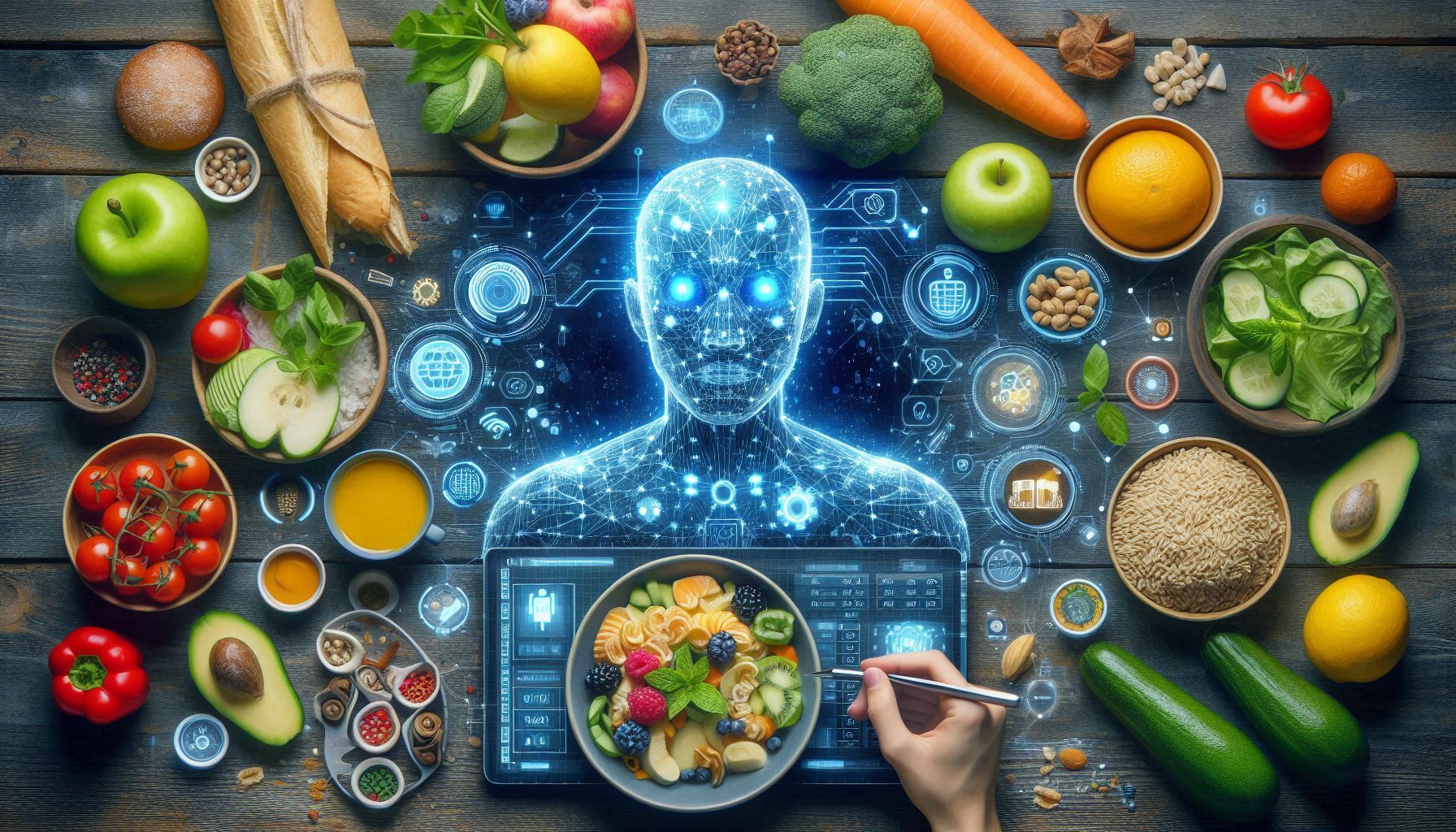
As the world becomes increasingly health-conscious, the demand for accurate, real-time nutritional information continues to grow. Today, food and nutrition APIs like the Bon Happetee API are at the forefront of this transformation, providing developers with essential data to create innovative applications that cater to diverse dietary needs. The integration of Artificial Intelligence (AI) and Machine Learning (ML) into these APIs heralds a new era in nutritional data, promising to enhance user experiences and improve health outcomes.
The Bon Happetee Food and Nutrition Data API offers a comprehensive and regularly updated database that includes smart alias-based search functionality. This allows developers to provide users with detailed information about food measures, cuisines, food types, and nutrition values. Built meticulously over the past eight years, the API's database encompasses a wide variety of Indian and global foods, verified by nutrition experts. This makes it an ideal choice for powering digital health applications with condition-specific diet guidance.
The Bon Happetee API is user-friendly, ensuring easy integration into various applications. It features a complete cleaned-up version of the USFDA database, as well as IFCT (Indian Food Composition Tables) and NIN (National Institute of Nutrition) tables. Additionally, Bon Happetee offers flexible pricing tiers based on API call limits, making it accessible for companies of all sizes. This flexibility is crucial as businesses seek to tailor their offerings to meet specific user needs.
The advent of AI and ML has revolutionised numerous industries, and the food and nutrition sector is no exception. Here’s how these technologies are shaping the future of nutrition apps and APIs like Bon Happetee:
AI algorithms can process vast amounts of data quickly and accurately. For food APIs, this means that nutritional information can be analysed and updated in real-time. For instance, as new food items are introduced or existing recipes are altered, AI can ensure that the database reflects these changes, providing users with the most current information.
Machine Learning models can also identify patterns in dietary habits, allowing apps to offer personalised recommendations. For example, if a user consistently selects high-calorie meals, the app can suggest healthier alternatives based on their preferences and nutritional goals.
With the integration of AI, nutrition apps can move beyond generic dietary advice to offer tailored meal plans based on individual user data. By analysing factors such as age, gender, weight, and dietary restrictions, AI can create custom meal plans that suit each user’s unique health needs.
Using the Bon Happetee API, developers can harness its extensive database to provide accurate nutrient breakdowns for personalised meal suggestions. This level of customisation not only enhances user engagement but also encourages healthier eating habits.
AI-powered food APIs can analyse users' food logs and preferences to suggest recipes that align with their dietary goals. For instance, if a user logs that they are trying to reduce sugar intake, the app can recommend recipes that use natural sweeteners or low-sugar alternatives. This smart recipe suggestion capability can significantly enhance the user experience and satisfaction.
With the Bon Happetee API’s extensive food database, developers can create applications that allow users to track their nutrient intake in real-time. AI algorithms can automatically calculate the nutritional values of meals based on user inputs, making it easier for users to stay within their dietary limits.
This capability is particularly beneficial for those managing specific health conditions, such as diabetes or hypertension, where monitoring nutrient intake is crucial. By providing users with real-time feedback, these apps can empower individuals to make informed dietary choices.
AI and ML technologies can be leveraged to enhance food recognition capabilities within apps. By using image recognition software, users can simply snap a picture of their meal, and the app can identify the food items and provide nutritional information based on the Bon Happetee API.
This technology not only simplifies the process of logging meals but also encourages users to engage more with their dietary habits. By making it easier to track what they eat, users are more likely to stay committed to their health goals.
The integration of AI and machine learning into food APIs like Bon Happetee opens up a wealth of possibilities for the future of nutrition apps. As these technologies evolve, we can expect to see even more innovative features that enhance user engagement and promote healthier lifestyles.
Moreover, as users become more accustomed to the capabilities of AI in their everyday lives, their expectations for nutrition apps will continue to rise. Apps that fail to provide personalised, real-time nutritional data risk falling behind in a competitive market.
The future of nutritional data is bright, thanks to the advancements in AI and machine learning. By leveraging the capabilities of the Bon Happetee API, developers can create powerful nutrition-focused applications that deliver customised, real-time nutrient analysis based on user data. As health tech continues to evolve, the emphasis on personalised nutrition solutions will only grow stronger, making it essential for businesses to adapt and innovate.
Embracing these technologies not only enhances user experience but also empowers individuals to take charge of their health. As we look ahead, the potential for AI in food tech is limitless, and the Bon Happetee API is well-positioned to lead the charge in this exciting new frontier of nutritional data.
Hi there!
Let's help you find right APIs!